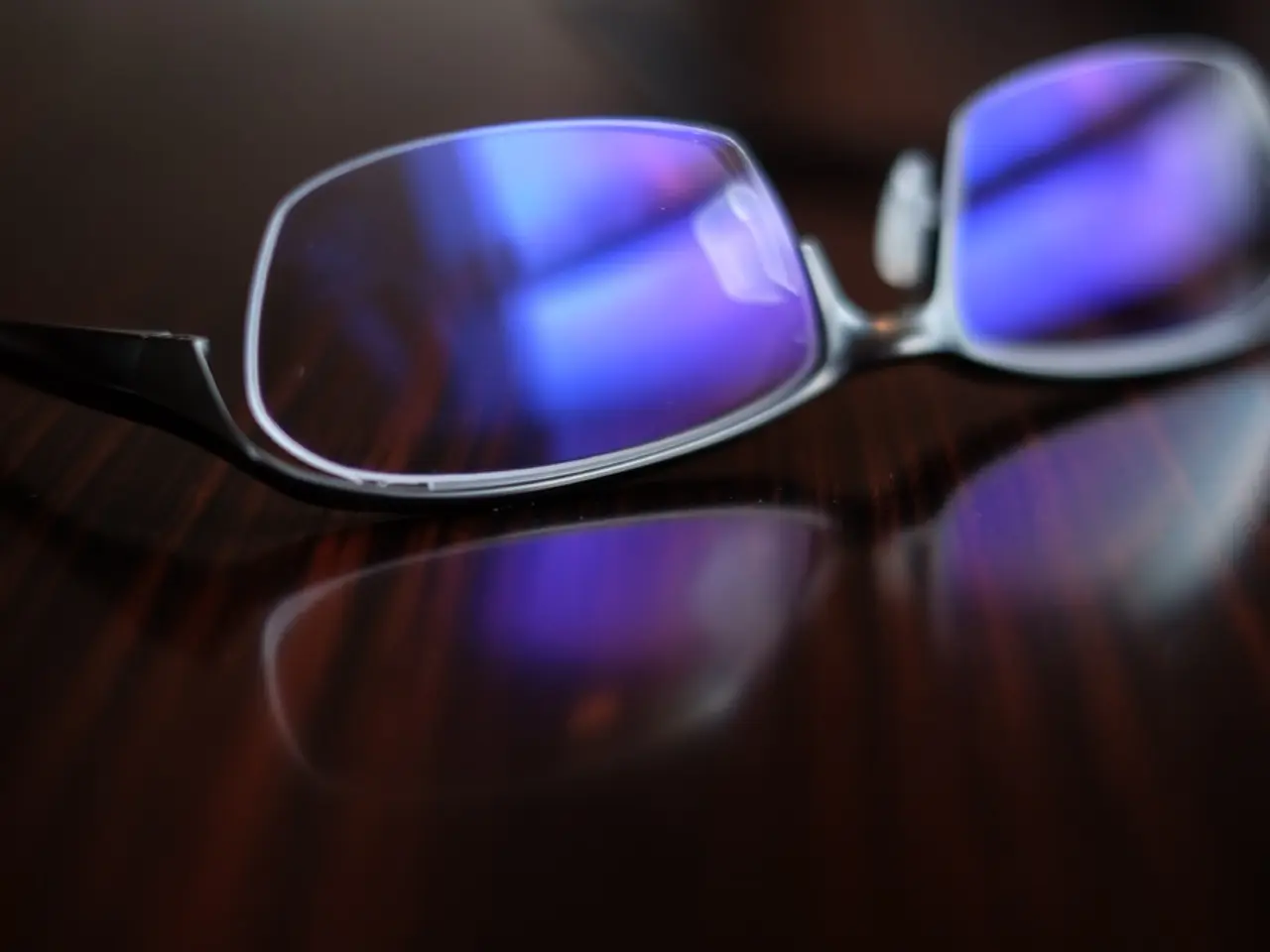Utilizing Various Finderscopes: My Personal Method
For those embarking on a stargazing journey, understanding the differences between unmagnified and magnified finders can significantly enhance the observing experience. These devices, essential tools for locating celestial targets, come in various forms, each with its unique advantages.
Unmagnified finders, such as red dot finders and reflex sights, do not magnify the image. Their primary advantage lies in their ease of use and quickness, making them ideal for beginners and those seeking a straightforward method for finding objects. These finders present a wide field of view with a simple aiming dot, making it more intuitive to point the telescope toward an object without the need for fine-tuning. The Celestron AstroMaster 130EQ telescope, for example, comes equipped with an unmagnified red-dot finder to assist with easy aiming and alignment.
On the other hand, magnified finders serve as small telescopes attached to the main instrument, providing a magnified view of the sky. They help users pinpoint objects more precisely, especially faint or small targets, by offering a closer view compared to the naked eye. Magnified finders can make star-hopping easier by showing fainter stars that are otherwise too dim to see with an unmagnified finder. However, they require aligning and focusing and typically have a narrower field of view, which may make initial locating of objects a bit slower or more challenging for novices.
The Telrad finder, a type of projected ring finder, offers greater versatility, particularly in star hopping. It projects a series of circles onto a screen to represent a known field of view. Telrad finder charts are specific to a limited set of targets and show where to start and how much to move the scope for each hop.
Another popular unmagnified finder is the SkyPointer red-dot finder, which includes a 1/2 degree and a 2 degree ring. Laser pointer finders, while less precise than red dot finders or Telrads, project a line into the sky to point the telescope. However, it's crucial to be mindful of the potential risks associated with laser pointer finders, as they can potentially be a criminal act in some areas due to the risk of them being seen by aircraft. Public observing gatherings often ban laser pointers for this reason.
When finders exceed 50 mm in aperture, they often have replaceable eyepieces, similar to a regular telescope. As the aperture increases, these finders function as a second telescope optimized for low-power wide views. For instance, a 70 mm finder with replaceable eyepieces can serve this purpose effectively.
In essence, unmagnified finders prioritize speed and ease of use with a broad view, while magnified finders emphasize precision and detail at the expense of convenience. The choice between the two depends on the user's specific needs and observing preferences.
| Feature | Unmagnified Finder | Magnified Finder | |-----------------------|---------------------------------------|-------------------------------------| | Magnification | None | Typically 6x, 8x, or similar | | Field of View | Wide | Narrower than unmagnified | | Ease of Use | Very easy, intuitive for beginners | Requires alignment and focusing | | Purpose | Quick locating and star-hopping | More precise pointing on faint targets | | Example | SkyPointer red-dot finder (Celestron) | 6x30 or 8x50 finderscopes |
- For those starting their stargazing journey, understanding the differences between red dot finders and finderscopes can significantly enhance the observing experience.
- Unmagnified finders like the SkyPointer red-dot finder prioritize speed and ease of use, offering a wide field of view for quick locating and star-hopping.
- On the other hand, magnified finders, such as 6x30 or 8x50 finderscopes, provide a closer view of the sky and help pinpoint objects more precisely, especially faint or small targets.
- The Telrad finder, a type of projected ring finder, offers greater versatility in star-hopping, with charts specific to a limited set of targets and a series of circles to represent a known field of view.
- As technology advances, some finders exceed 50 mm in aperture and allow for replaceable eyepieces, effectively functioning as a second telescope optimized for low-power wide views.
- For those integrating smart-home devices and gadgets into their space-and-astronomy setup, consider mounts that support astrophotography, as they can significantly improve the overall observing experience by enabling long-exposure images of celestial objects.







